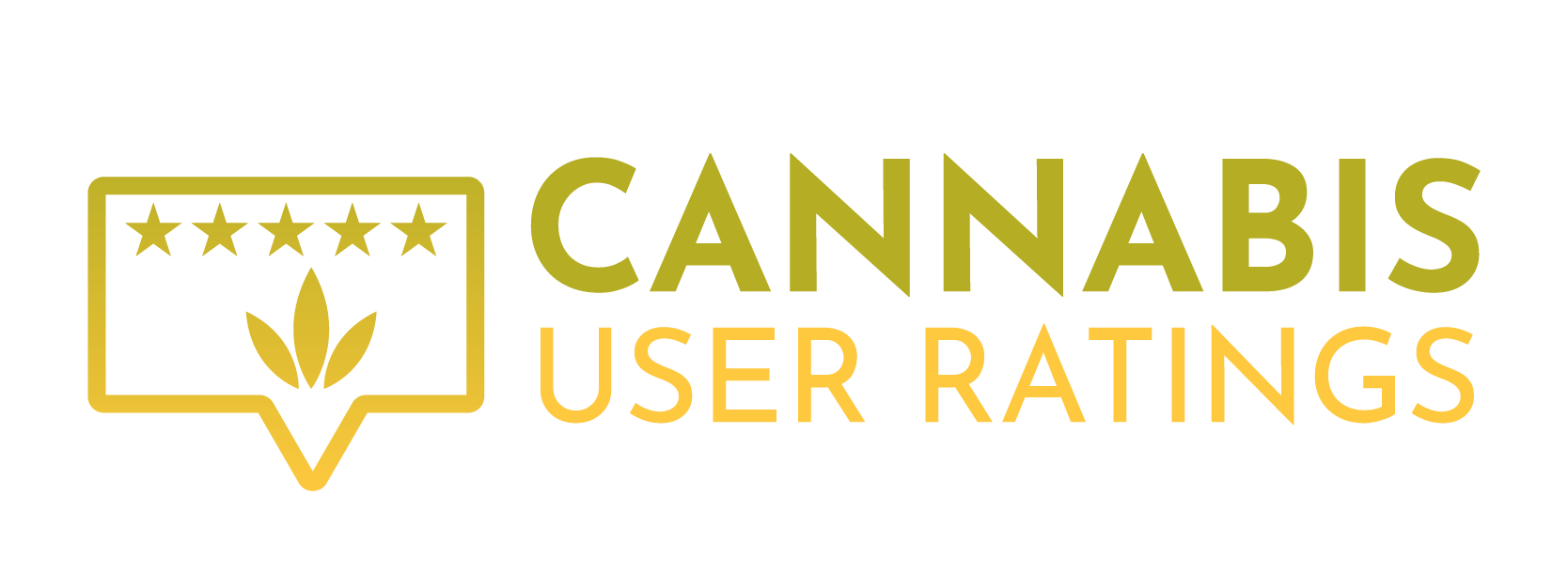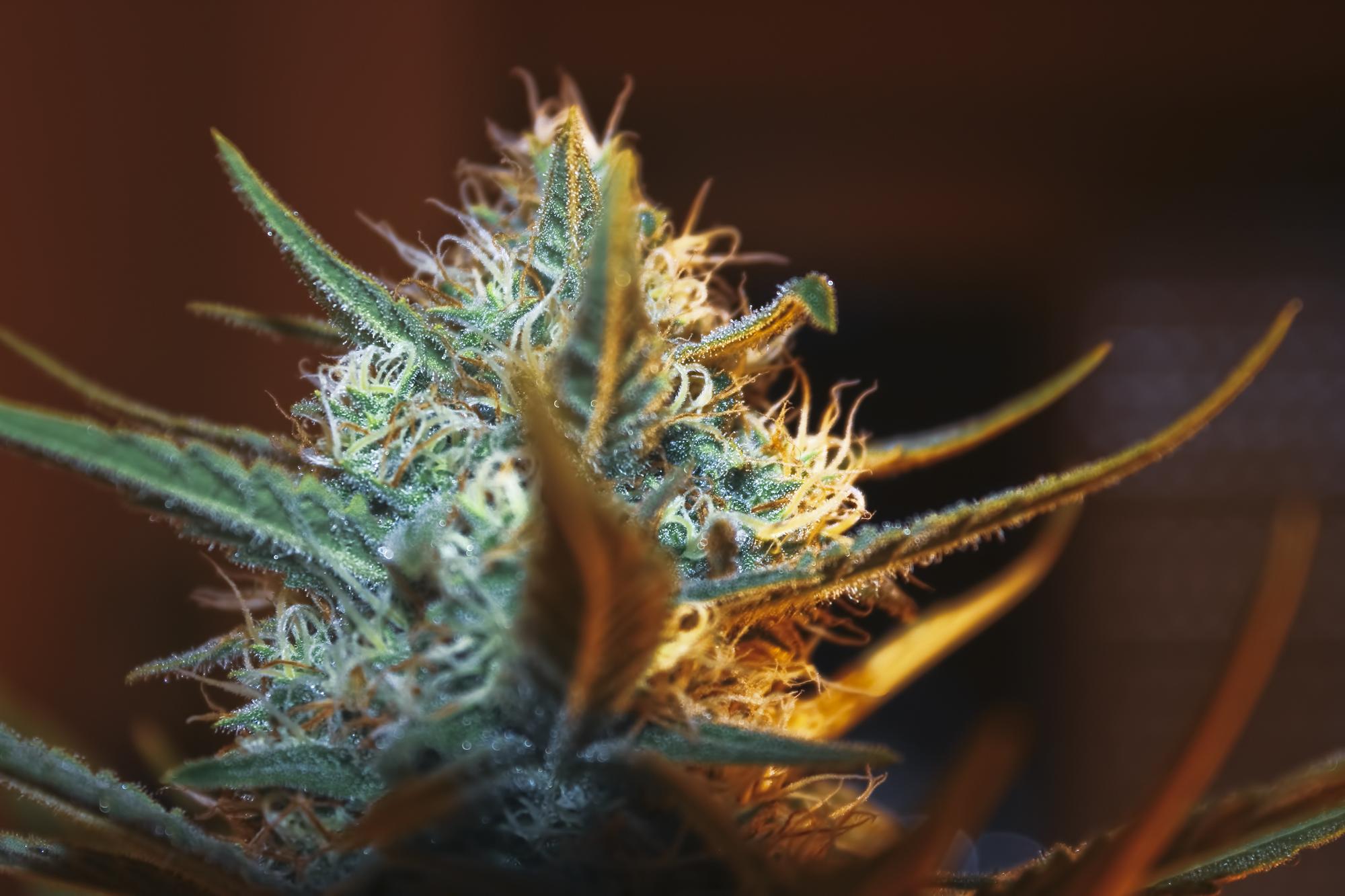Do premium cannabis products always score higher than everything else? Not necessarily. In mature markets, “premium” pricing signals craft cultivation, small batches, careful curing, terpene richness, and brand reputation—but consumer ratings still hinge on sensory quality and batch-to-batch consistency at the moment of purchase. Industry datasets show why the correlation is imperfect: price can be driven by potency and market structure as much as by lived experience, while ratings reflect flavor, effect, and reliability.
Pricing first. State rules and competition shape what “premium” costs. Analysts show that constrained markets like Illinois command substantially higher average item prices than national norms regardless of intrinsic product quality, so a high ticket alone doesn’t prove superior performance. Potency also tugs on price. A peer-reviewed analysis of retail data found a positive correlation between labeled THC percentage and cannabis price—particularly for flower and prerolls—meaning “stronger” products often cost more even when the experience isn’t uniformly better.
Accuracy next. If labels steer purchasing, they need to be right. A 2025 University of Colorado Boulder audit of Colorado flower reported that nearly half of products overstated THC on their labels, echoing earlier work showing that commercial labels under-describe true chemical diversity. When potency is exaggerated—or when labels reduce cannabis to a single headline number—shoppers may pay more for something that doesn’t consistently deliver, and ratings will capture that disappointment.
So when do premium products rate higher? Three conditions recur in review data and expert tasting frameworks. First, chemistry beyond THC: cultivars with expressive terpene profiles and balanced minor cannabinoids tend to earn praise for flavor, smoothness, and nuanced effects; credible rating systems emphasize aroma and flavor alongside potency, not just a THC score. Second, post-harvest excellence: meticulous drying, proper curing, airtight packaging, and cold-chain storage preserve those volatile terpenes; mishandling can flatten even elite genetics, dragging ratings. (This also explains why occasional “value” batches that are impeccably handled can punch above their price.) Third, consistency: reviewers reward brands that hit the same targets across lots and months, while “Friday-only” quality earns mixed reviews despite luxury positioning.
Category differences matter, too. In edibles, “premium” often means process and technology. Recent market reads show fast-acting formulations command materially higher original and sell-through prices—and are discounted less—indicating willingness to pay for quicker onset, yet shopper ratings still hinge on taste, dose accuracy, and stomach feel. In beverages, retail tracking indicates an opportunity for lower-dose SKUs that broaden occasions; when products fit everyday use, satisfaction can be high even without premium prices or sky-high potency.
Finally, perceived quality and actual effects don’t always move together. Observational and clinical research links higher THC exposure with stronger intoxication and more side-effect reporting, which can dampen satisfaction even when a product is expensive or potent—another reason premium doesn’t guarantee a top score.
Bottom line: premium products don’t automatically score higher, but they can when premium attributes align with what reviewers value—terpene-forward flavor, clean and reliable effects, verified potency, and consistent batches. For shoppers, read beyond THC and price: seek lab reports that include terpenes, look for transparent batch data and handling practices, and compare reviews across platforms to reduce bias. For brands, invest in chemistry, handling, and lot-to-lot QA; that’s how “premium” becomes “top-rated.”

